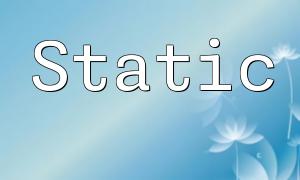In today's globalized world, multilingual support for websites has become a crucial task for developers. With the powerful features offered by PHP, you can easily implement internationalization and localization, allowing you to reach a wider international audience and improve user experience. In this article, we will explore how PHP’s multilingual support can help you build a truly global website.
Internationalization (i18n) refers to the process of designing an application to support multiple languages and regions. It focuses on abstracting the code so that the program can run in different language and region settings. Localization (l10n), on the other hand, involves translating the text, adjusting formats, and replacing images specific to a particular language or region.
PHP offers various built-in functions and extensions that simplify multilingual support for websites. Here are some commonly used features in PHP:
To implement multilingual support in PHP, here are the essential steps:
Here’s a simple example of PHP code to demonstrate how multilingual support works:
<?php
// Set locale
setlocale(LC_ALL, "fr_FR"); // Set to French
// Bind translation directory
bindtextdomain("messages", "./lang"); // Specify translation directory
// Translate text
$welcomeText = gettext("Welcome to my website!");
// Output translated text
echo $welcomeText; // Output: Bienvenue sur mon site !
?>When implementing multilingual support in PHP, following these best practices will ensure efficiency and accuracy:
PHP's multilingual support makes it easy for developers to build websites that cater to a global audience. By understanding the concepts of internationalization and localization and following best practices, developers can create seamless multilingual experiences that meet the needs of users from different languages and cultures. If you are looking to add multilingual support to your project or website, PHP provides a powerful platform to achieve this goal.








